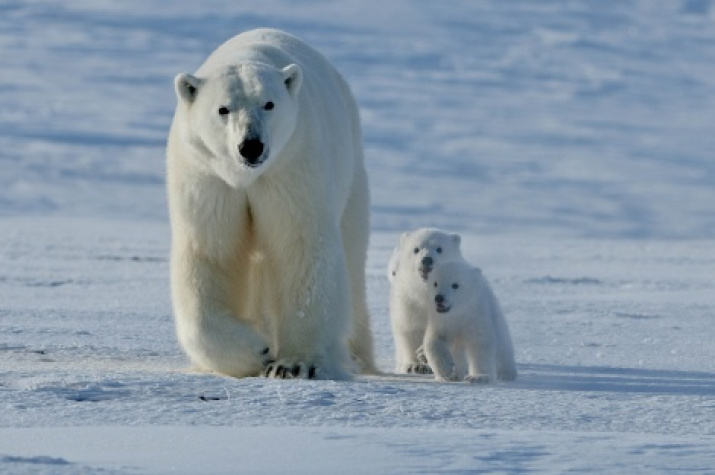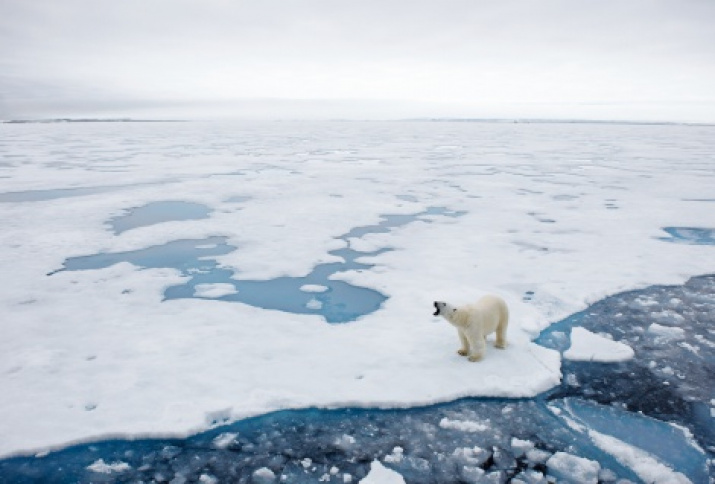The 27th of February is International day of the Polar bear. First of all, this holiday is celebrated in five countries, in which the predator lives - Russia, Norway, Canada, Denmark (Greenland) and the United States of America.
Polar bear is the largest land predator on the planet. The weight of a polar bear reaches 800 kg. The average weight of a male is 400-450 kg and of a female - 350-380 kg. The body length of males is 200-250 cm, of females is 160-250 cm. The height at the withers is 130-150 cm.
This polar predator inhabits the floating ice area near the coasts of the Arctic Ocean. In Russia, in particular, it lives on Wrangel island, in the territory of the Russian Arctic National Park and the Franz Josef Land reserve aimed at protecting and preserving the animal. Currently, there are approximately 26,000 polar bears in the world. The species is listed in the Red Data Books of the Russian Federation, the USA and Canada.
Every year the natural habitat of the master of the Arctic is changing more and more. The main threat to the polar bear is the melting of polar ice, the habitat of the animal. Reducing the area of the ice cover of the Arctic seas makes the bears spend more time on the coast, which creates dangerous conditions for the survival of the species. Here predators cannot hunt seals and run the risks of meeting poachers. Another threat is the pollution of the Arctic.
Under these conditions, it is especially important to strengthen measures for the protection of white predators, to monitor the state of populations, to study their movements, and their response to climate change.
The Russian Geographical Society has been supporting «the Polar Bear» project since 2010. Its goal is to preserve and study polar bears in the Russian Arctic, to develop non-invasive methods for collecting biological material for genetic research of species populations in the region.


